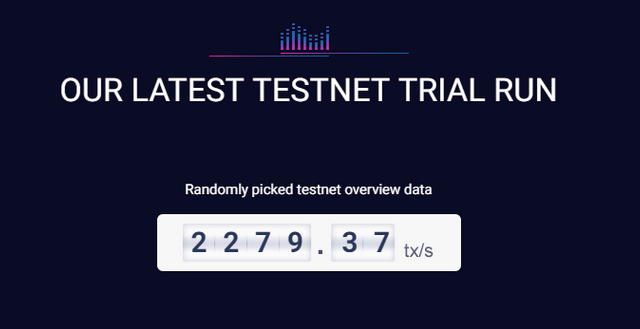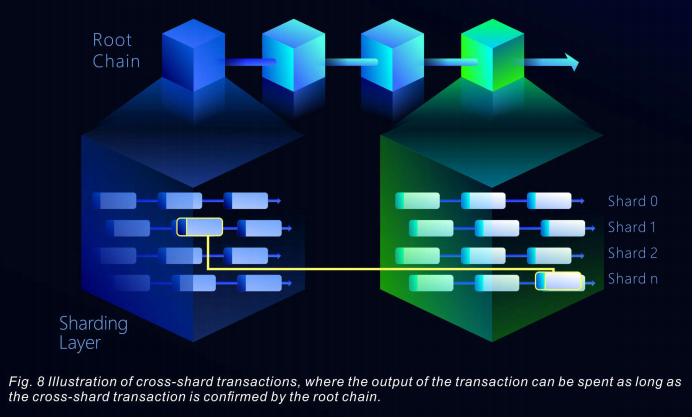
Mass adoption is frequently used phrase in conversations among crypto user and trader, but currently, there is no blockchain that can handle mass adoption.
Mass adoption means there will be a lot of transactions in the shortest timeframes. Currently, Bitcoin (BTC) can handle around 5 transactions per second (TPS) and Ethereum (ETH) around 20 TPS. Payment system VISA claims to have 56,000 TPS while Alipay has reached 200 000+ peak TPS in November 2017.
If we want mass adoption to happen, we need to build a blockchain that can handle more transactions than VISA and Alipay with no (or little) tradeoffs for security or decentralization.
Quarkchain claims that will build this kind of blockchain.
Currently, on the testnet they are handling 2,280 TPS which is already 100 times more than Ethereum and they are planning to increase that number to more than 1,000,000 TPS.

You can check live testnet demo with CEO of QuarkChain Qi Zhou:
How will they achieve more than a million TPS?
They will do it with Sharding. Sharding is not new concept. It is used in centralized databases which need high scalability. It is basically having multiple small databases which are then easier to maintain and much faster. These databases needs to be logically designed so that when you need the data, you don’t have to jump to multiple databases.
Problems with sharding
Each shard acts like a separate blockchain. It needs its own mining power and users needs separate accounts (wallets and keys) for each shard.
Quarkchain will develop smart wallet which handle multiple accounts between shards and the end user will only have one account. It will automatically detect primary account of a user and will perform transaction accordingly. If the transaction is executed in secondary account, it will automatically revert remaining balance to primary account so that there won’t be leftovers of funds across multiple shards.
For mining problem, they will introduce collaborative mining to design incentive mechanisms and difficulty algorithms so that hash power is evenly distributed among shards and rootchain has over 50% of hash power of the network to prevent double spending attack
Quarkchain blockchain will have 2 layers:
Root layer — it confirms all blocks from shards (but doesn’t process any transaction). The difficulty of root layer has to be strong so that reverting any transactions is not economically efficient.
Sharding layer — each shard process transactions independently. As there are more shards, more transactions can be processed. User will barely sense adding of new shards.

Conclusion:
Quarkchain will implement several unique features to its blockchain to fix the biggest problem in blockchain industry — scalability. They have very strong team and advisors and by the mainnet launch which is scheduled in Q4 of 2018. I believe they can achieve what they are promising and become one of the leading blockchains in the industry.
If you want to know more about QuarkChain follow the links bellow:
Website: http://quarkchain.io
Telegram: http://t.me/quarkchain (83,000+)
Twitter: http://twitter.com/Quark_Chain
Facebook: http://facebook.com/quarkchain.quark.5
Steemit: http://steemit.com/@quarkchain
GitHub: http://github.com/QuarkChain
Congratulations @plafka11! You received a personal award!
You can view your badges on your Steem Board and compare to others on the Steem Ranking
Do not miss the last post from @steemitboard:
Vote for @Steemitboard as a witness to get one more award and increased upvotes!
Downvoting a post can decrease pending rewards and make it less visible. Common reasons:
Submit